History of our school
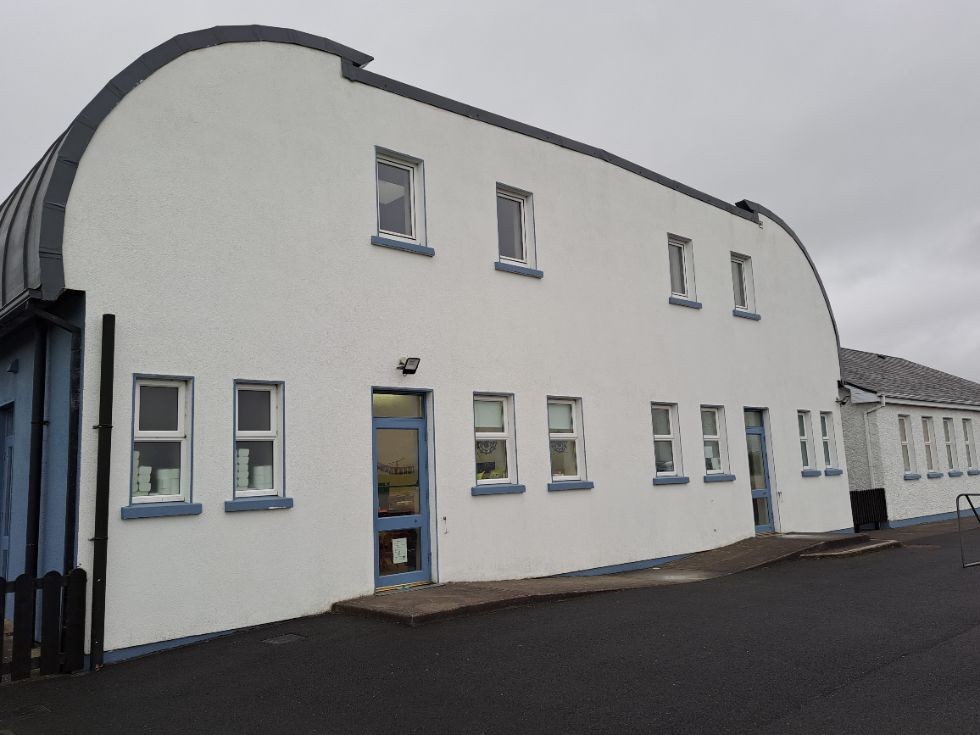
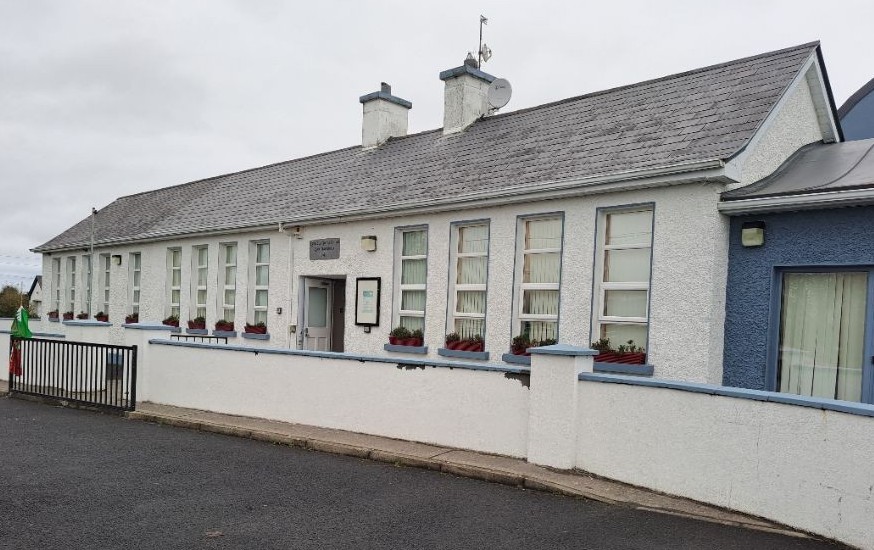
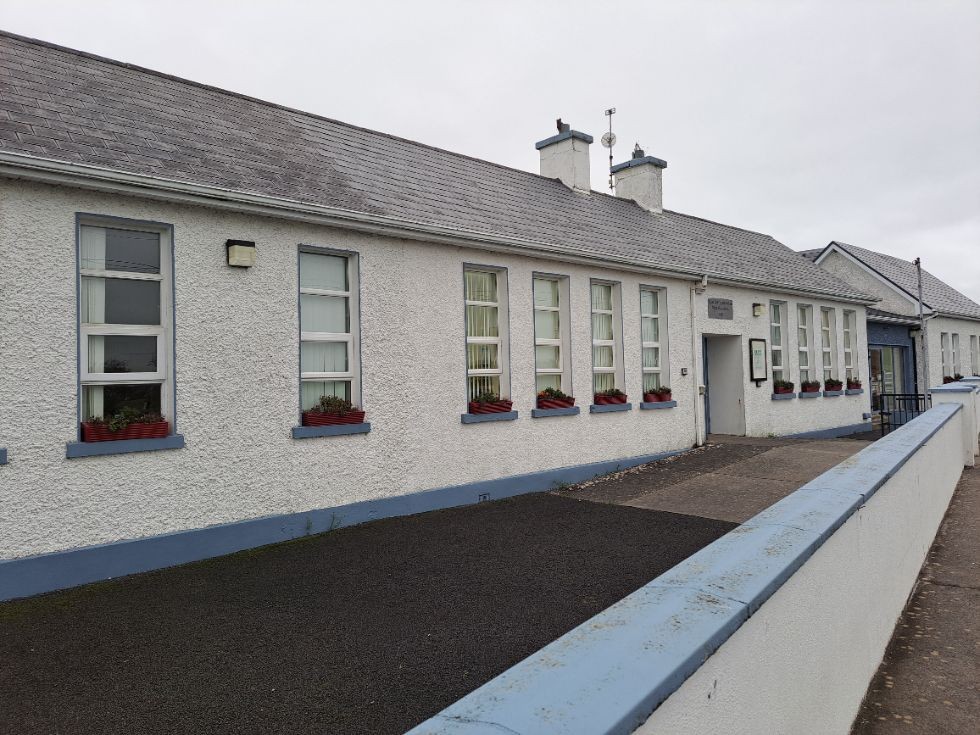
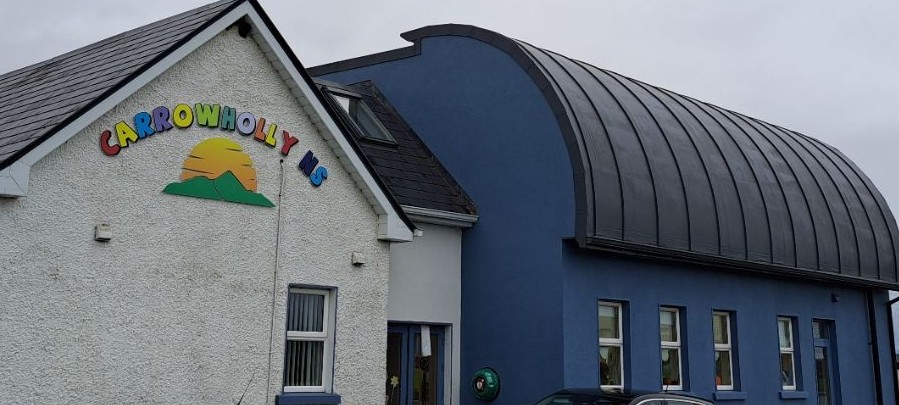
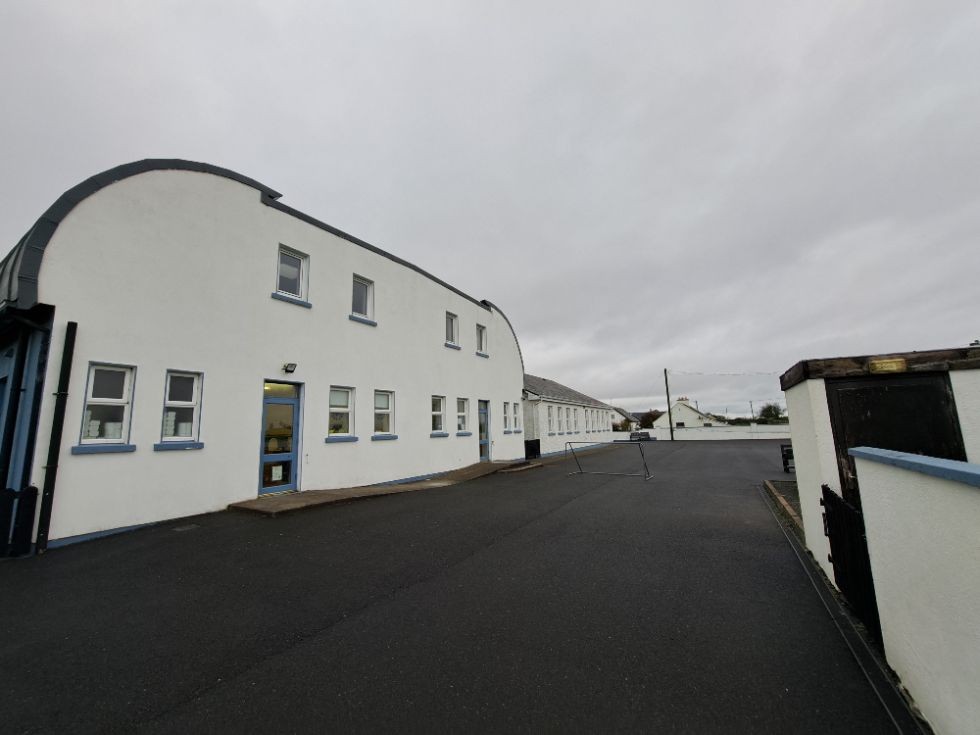
Latest Developments in Carrowholly National School
In 2001 under the Principalship of Peter Carney, our school building was extended and the existing building was completely refurbished. In addition to this, a further extension was unveiled in April 2009. The school now has state-of-the-art facilities allowing the pupils learn and play in a beautiful, bright new building. There are four classrooms with ensuite facilities, a staffroom, two offices, a learning support and resource room, two store rooms and a general purposes room/hall.
The 2009 extension, again overseen by Peter Carney, included some innovative features including a rain-water harvesting system. The development of the Carrowholly community playing field was also a welcome addition to our recreational space in 2009.
2023 saw our most recent and exciting development to our recreational area - our school astro turf.
History of Carrowholly National School
The first known school in Carrowholly was built in 1834. At that time it was to facilitate the education of the children of labourers and tenants of the Demesne, and the people employed in the Coastguard Station at Pigeon Point. In 1844, two references to Carrowholly school are made that suggests that the school was built by Giles Eyre. George Clendining and G. Hildebrand were the trustees. The school was a one room cabin, 13' x 10' x 6' with 2 teachers, open for eleven and a half hours in the winter and ten and a half hours in the summer. The site was in Rusheen; the lease from the Marquess of Sligo was granted as at Rosduane for 3 lives, viz Queen Victoria, Prince Consort and son. There were 100 pupils in the school along with teachers Michael Cain, Principal and Mgt. McGreal (20 years of age).
In 1884 the attendance was recorded as 64 males, 64 females, 149: John McDermott (from Galway) was as appointed Principal. Some scholars rowed over each day from the Quay to his school. Mary Buckley and Rachel Matthews are also mentioned.
For early 1850's the following are reported as teachers there, M. Keane, Timothy Tuohy, Topsie Flynn, Patrick Dermody (Principal) and Michael Sheridan. 1852 Rev. Giles Eyre loses a court case which he brought against Patrick Dermody. John Mangan was a monitor in 1856. Bridget Dermody (23 years) joined the teaching staff in 1859 for sewing, making frocks, knitting and cutting out. There was a 5-day week with 5 hours per day. The school room measured 36' x 18' and the attendance was 36 males, 28 females. She arrived at the school with a testimonial from Mrs. McDonnell of Mayour.
1860 sees J. Warde as substitute. P. Joyce is teacher. Four years later repairs are carried out in the school.
1877 P. Dermody is given permission to cultivate the school plot for his own use.
1881 Wm. Reilly is Principal with 60 pupils.
1884 P. Dermody is pensioned and 2 years later John Greally is appointed. Mary Joyce is monitor in the school in 1887, and 3 years later Bridget Dermody retired. John Greally who married a niece of McDermott became principal, with Mary Greally as assistant later in 1898. Michael Walsh from Kilmeena joined the teaching staff and he enjoyed the reputation of producing "great scholars". The turn of the century saw new privies provided.
Inspector Keith reported - "flooring broken, desks and bookpress perforated by vermin… books injured by their (vermin) ravages… pupils in playground for physical exercises..(but) pupils were more orderly than on former occasions.
1903 saw the building of out-houses, while in 1906 Inspector MacWilliam reported on "the good condition of the building.., the desks are new…"
1909 Average attendance is given as 55, and 2 years later the Office of Public Works recommends improvements. A side reference to the school at Rusheen says that the school had an average attendance of 15 and was under Rev. Hannay.
1912 New school is required.
Local tradition tells that the roof was blown off the school by a great storm in 1927. Mrs. Greally retired in 1928, Mr. Walsh in 1930, Mr. Egan (from Castlebar), Mrs. Staunton, Eileen Daly and Nuala Moran and Peter Carney complete the list of Principals who served, and indeed are serving, the children of Carrowholly well to the present time.
The Principal was held responsible for everything relating to the school - cleanliness, outer fencing, pupils not returning after midday break. Inspectors were examining and it must be recorded that the educational system enjoyed to day at primary and secondary level, is largely due to the pioneers who started teaching the hedge schools and for most of their lives taught in poor surroundings a people who were very poor.







